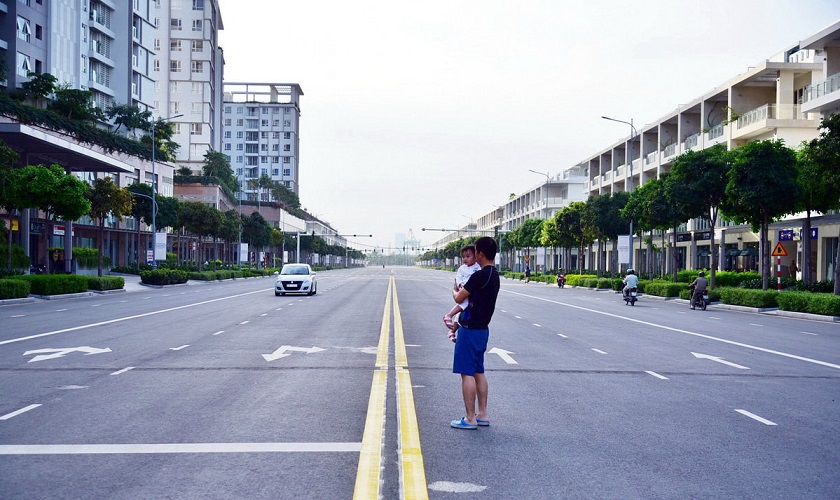A major street in the soon-to-be new center of Ho Chi Minh City has been named after the father of Vietnam’s incumbent minister of foreign affairs.
The municipal People’s Committee organized a ceremony on Saturday morning to officially name a newly constructed street in the Thu Thiem New Urban Area in District 2 after Nguyen Co Thach, father to Foreign Minister Pham Binh Minh.
The road is one of the major routes of the urban area, spanning over 2.5 kilometers from the intersection of Mai Chi Tho Avenue and the Thu Thiem 1 Bridge to the Thu Thiem 4 Bridge.
Speaking at the event, Nguyen Thanh Phong, chairman of the city’s administration, said that the road naming reflects the appreciation of the Vietnamese Party, government, and people for the significant contributions of the late diplomat.
Born in May 15, 1921 in the northern province of Nam Dinh, Thach, whose real name was Pham Van Cuong, was an accomplished revolutionary, diplomat, and politician.
He was a member of Vietnam’s Politburo, which is the most powerful arm of the Vietnamese political system, chairman of the council of ministers, and minister of foreign affairs.
Thach passed away on August 8, 1998.

Vietnamese Deputy Prime Minister and Minister of Foreign Affairs Pham Binh Minh speaks at the ceremony on January 21, 2017. Photo: Tuoi Tre
Minh, who is also a deputy prime minister, on behalf of the family extended his gratitude toward the Vietnamese Party, government, and people for naming the street after his late father.
“This is an honor for my family and also a great way to recognize my father’s contributions to the national liberation and development cause,” the minister said at the ceremony.
Located in District 2 on the east side of the Saigon River and expanding over an area of 657 hectares, Thu Thiem New Urban Area is planned as a modern extension of the existing center of Ho Chi Minh City, which is District 1.
The urban area is anticipated to be the new financial center and commercial hub of the city, hosting high-class services and leisure activities for nearly 150,000 regular residents and over 200,000 office workers.
It is divided into eight main functional neighborhoods, each characterized by distinct utilities, density, public spaces, and key landmark buildings.
Like us on Facebook or follow us on Twitter to get the latest news about Vietnam!





















































